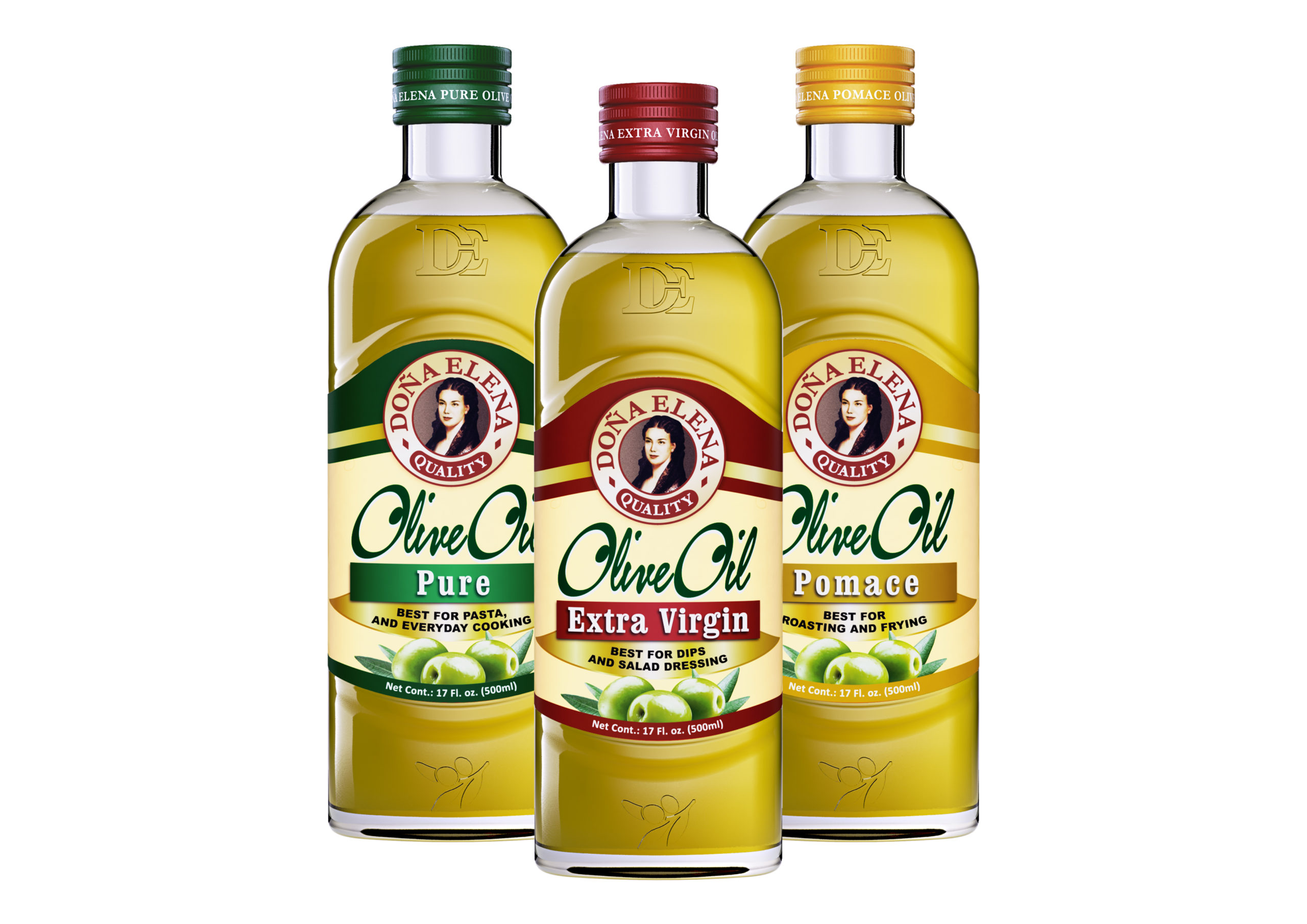It’s true what they say that sometimes, you need a sobering wake-up call to take better care of your health. I got mine seven years ago, when I was diagnosed with breast cancer.
As a young and middle-aged adult, I admit I took less care of my diet then than I should have. This, despite a rather alarming family history of afflictions, ranging from cancer and diabetes to hypertension and heart disease. I had, in fact, already been diagnosed with depression and Type 2 diabetes, and had a bout of adult-onset asthma. Although I exercised regularly, I should have eaten smarter.
It didn’t help that my sweet tooth often made me skip the main course; I settled for a salad and soup, only to gorge on dessert at almost every meal. I also completely cut meat out of my diet for a while, but I still reached for the junk—soda, sweets, bags of chips.
Still, none of these medical conditions gave me too much of a scare—until a lump showed up on my mammogram, and my diagnosis of Stage 2A invasive ductal carcinoma was confirmed on June 7, 2013. Before my consequent treatment of surgery, chemotherapy and radiation, I was so unnerved that I cut out sugar and everything processed from my diet for the next two weeks, leading to a 10-lb weight loss.
Still, it was an extreme reaction; as a survivor friend advised me, “Don’t overreact. What’s the point of living longer if you don’t enjoy your food?” After I calmed down and learned to live with the treatments for the next nine months, I realized a more realistic lifestyle and diet change was in order.
Many of the things I found out in my next few weeks of research were stuff I was already familiar with, like the benefits of fruits and vegetables. There were also the beginnings of the backlash against going fat-free, and the growing realization that there was good fat, and you needed it to stay well.
Olives, wheat, and grapes
Frequently popping up in the books and online sources I read was the Mediterranean diet, referring to the cuisine of countries surrounding the Mediterranean Sea. This included mainly the food of Greece and Italy, but also touching parts of Turkey, Spain, France, Egypt, Morocco and more. The reference is consistent, however, to the critical “triad” of the cuisine: olives (for the oil), wheat (for the bread or pasta), and grapes (for the wine).
“This ‘diet’ is not necessarily seen as a typical diet,” wrote Lyndi Wieand, RDN, LDN in May 2019 in “Embracing the Mediterranean Diet” on eatrightpa.org, the website of the Pennsylvania Academy of Nutrition & Dietetics. “It is more of a lifestyle choice that can be easily maintained throughout time. It focuses on core foods such as whole grains, fruits and vegetables, beans, herbs and spices, nuts and healthy fats such as olive oil daily, as well as two servings per week of fish or seafood. It also incorporates modest servings of dairy and poultry, and less frequent servings of red meats and refined foods with added sugars. Wine may also be consumed on occasion, as it is known for its antioxidant properties benefitting the heart.”

Sounds too good to be just a “diet,” indeed. The health benefits Wieand listed are also encouraging: lower “bad” LDL cholesterol, lower blood pressure and risk of heart disease, improved eyesight and brain function, longevity, joint relief, weight loss, and this one that made me sit up—lower risk of both Type 2 diabetes and certain types of cancers.
In other words, based on solid scientific evidence, and citing some of my own favorites from Mediterranean cuisine, I can enjoy a tasty aglio e olio pasta with olive oil and garlic, lentil soup, falafel, hummus, creamy Greek yoghurt, olive oil-drizzled feta cheese salad, and even focaccia dipped in oil with balsamic vinegar—and still stay healthier by a mile.

Indeed, olive oil, the remarkable “healthy fat,” is a foundation of Mediterranean cuisine, a monounsaturated fat that helps increase the good cholesterol in the body. The American Heart Association gave the oil its imprimatur on its website on March 5, 2020, declaring, “Olive oil may lower heart disease risk.”

In a study presented at the association’s scientific sessions, 63,867 women and 35,512 men were monitored from 1990 to 2014. “Researchers found those who ate more than half a tablespoon of olive oil each day had a 15 percent lower risk of having any kind of cardiovascular disease and a 21 percent lower risk of coronary heart disease,” noted the news item.

Where the olive trees grow

One more romantic demarcation of the regions that thrive on the Mediterranean diet is simply following where the olive trees grow. I gained a better appreciation of this in 2016, when I had the opportunity to visit the olive farms and olive oil production facility for Doña Elena olive oil in Prego de Cordoba, Andalusia, Spain. Seeing the trees of the 7,000-year-old fruit up close, watching as olives were harvested, picked, crushed and pressed to produce this remarkable nectar of the region’s tables, and learning the different nuances of its flavors changed the way I looked at olive oil forever.


I became an olive oil fan after that, relying on it as a fat substitute that did not compromise on flavor. I used it for my pasta and salad dressings; I drizzled it over fish, chicken and even my favorite falafel from a regular supplier before popping in the oven toaster, since I’m a bad cook.
It’s a great thing that Doña Elena is available in the Philippine market, and has been since its launch in 2000. Also, since 2011, thanks to accessibility and unwavering quality, it has been the country’s top olive oil brand.
In 2017, looking to upgrade the familiar packaging, the brand enlisted a French designer to design a new bottle befitting a premium product. Like with the old bottle, however, consumer studies revealed that loyal customers still wanted a receptacle that was easy to grip and stack on their shelves. Doña Elena went a step further and had the bottles manufactured in Europe, and the design internationally trademarked.
The new packaging includes two significant, fine engravings on the bottle: the Doña Elena insignia near the top, and the olive fruit near the base. The old warm label colors have been replaced by more vibrant hues, though the bottles remain easy to hold. My favorite detail, however, is the usage recommendation per variant now printed on the label, which I also learned only after I saw how Doña Elena was produced.
Thus, the top quality Doña Elena Extra Virgin olive oil is “Best for dips and salad dressings,” the Pure olive oil is “Best for pasta and everyday cooking,” and the Pomace is “Best for roasting and frying.” Healthy eating can’t possibly get any easier to decipher than that!
I marked my seventh year as a cancer survivor this year, several pounds lighter and yes, with my cholesterol well in check. Thanks to olive oil and other Mediterranean life-savers in my pantry, I’m delighted to know that staying healthy can indeed remain a truly flavorful experience.








































